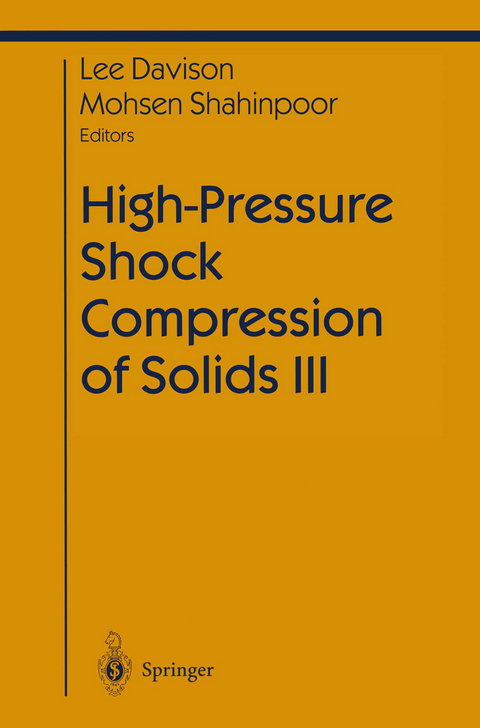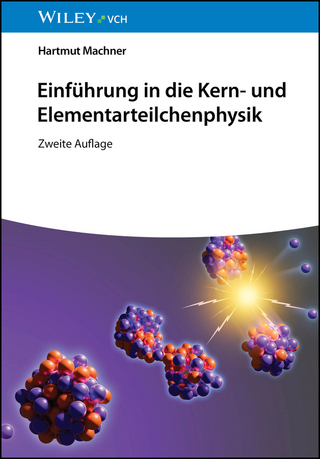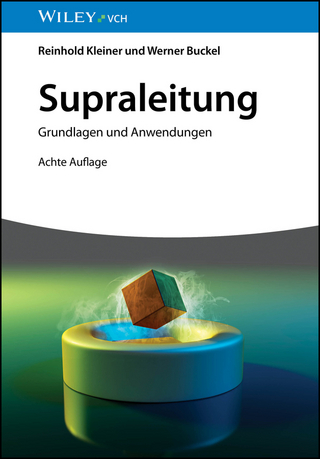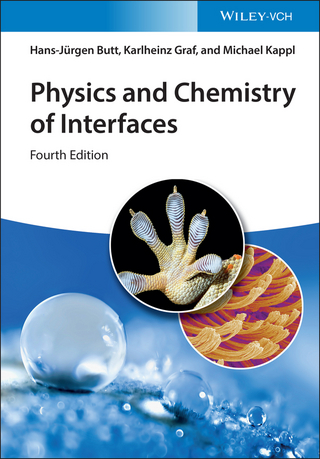
High-Pressure Shock Compression of Solids III
Springer-Verlag New York Inc.
978-0-387-98292-2 (ISBN)
- Titel z.Zt. nicht lieferbar
- Versandkostenfrei innerhalb Deutschlands
- Auch auf Rechnung
- Verfügbarkeit in der Filiale vor Ort prüfen
- Artikel merken
1 Equation of State at High Pressure.- 1.1. Introduction.- 1.2. General Considerations.- 1.3. Some Results.- 1.4. Summary.- References.- 2 Molecular Dynamics Analysis of Shock Phenomena.- 2.1. Introduction.- 2.2. Model and Methods.- 2.3. Nonenergetic A2 Piston-Driven Simulations.- 2.4. Energetic Chemically-Sustained Shock Waves.- 2.5. Conclusions.- Acknowledgments.- References.- 3 Mechanisms of Elastoplastic Response of Metals to Impact.- 3.1. Introduction.- 3.2. Dislocation Motion.- 3.3. Plastic Strain Rate.- 3.4. Comparison with Experiments.- 3.5. High-Amplitude Shock Loading.- 3.6. Elastic and Plastic Waves in Shocks.- 3.7. Electroplastic Effects.- 3.8. Impediments to Dislocation Motion and Crystal Failure.- 3.9. Energy Dissipation by Moving Dislocations.- 3.10. Conclusions.- Acknowledgments.- References.- 4 Molecular Processes in a Shocked Explosive: Time-Resolved Spectroscopy of Liquid Nitromethane.- 4.1. Introduction.- 4.2. Optical Spectroscopy Probes.- 4.3. Shock Response of Nitromethane and Sensitized Nitromethane.- 4.4. Summary and Conclusions.- Acknowledgments.- References.- 5 Effects of Shock Compression on Ceramic Materials.- 5.1. Introduction.- 5.2. Shock Compression Studies on Some Selected Ceramic Materials.- 5.3. Yielding Mechanism and Correlation with Material Characterization.- 5.4. Effects of Shock Compression on Shock-Induced Phase Transition.- 5.5. Concluding Remarks.- References.- 6 Response of High-Strength Ceramics to Plane and Spherical Shock Waves.- 6.1. Introduction.- 6.2. Elements of Experimental Strategy.- 6.3. Uniaxial Deformation by a Plane Shock Wave.- 6.4. Triaxial Deformation by a Divergent Spherical Wave.- 6.5. Conclusions, Prospects, and Recommendations.- References.- 7 Initiation and Propagation of Detonation in Condensed-Phase HighExplosives.- 7.1. Introduction.- 7.2. Brief History of Condensed-Phase Explosive Technology.- 7.3. Planar Steady Detonation Theory.- 7.4. Equations Governing Reactive Flow.- 7.5. Initiation of Detonation.- 7.6. 2D Steady Detonation in Homogeneous and Heterogeneous Materials.- 7.7. Properties of High Explosives.- 7.8. Initiation and Detonation Measurement Techniques.- 7.9. Summary.- 7.10. Glossary.- Acknowledgments.- References.- 8 Analysis of Shock-Induced Damage in Fiber-Reinforced Composites.- 8.1. Introduction.- 8.2. Background.- 8.3. Micromechanical Model.- 8.4. Constitutive Models.- 8.5. Numerical Implementation.- 8.6. Computational Simulations.- 8.7. Summary.- Acknowledgments.- References.- 9 Attenuation of Longitudinal Elastoplastic Pulses.- 9.1. Introduction.- 9.2. Stress and Deformation Fields.- 9.3. Longitudinal Shocks.- 9.4. Material Response Model: Ideal Elastoplasticity at Small Strain.- 9.5. Shock Propagation in a Slab.- 9.6. Elastoplastic Pulse Attenuation.- 9.7. Summary and Conclusions.- 9.A. Appendix: Field Values for Pulse Attenuation in Range C.- 9.B. Appendix: Field Values for Pulse Attenuation in Range D.- 9.C. Appendix: Field Values for Pulse Attenuation in Range E.- References.- Author Index.
| Erscheint lt. Verlag | 3.4.1998 |
|---|---|
| Reihe/Serie | Shock Wave and High Pressure Phenomena |
| Zusatzinfo | XIV, 341 p. |
| Verlagsort | New York, NY |
| Sprache | englisch |
| Themenwelt | Naturwissenschaften ► Physik / Astronomie ► Atom- / Kern- / Molekularphysik |
| Naturwissenschaften ► Physik / Astronomie ► Festkörperphysik | |
| Naturwissenschaften ► Physik / Astronomie ► Thermodynamik | |
| Technik ► Maschinenbau | |
| ISBN-10 | 0-387-98292-2 / 0387982922 |
| ISBN-13 | 978-0-387-98292-2 / 9780387982922 |
| Zustand | Neuware |
| Informationen gemäß Produktsicherheitsverordnung (GPSR) | |
| Haben Sie eine Frage zum Produkt? |
aus dem Bereich


